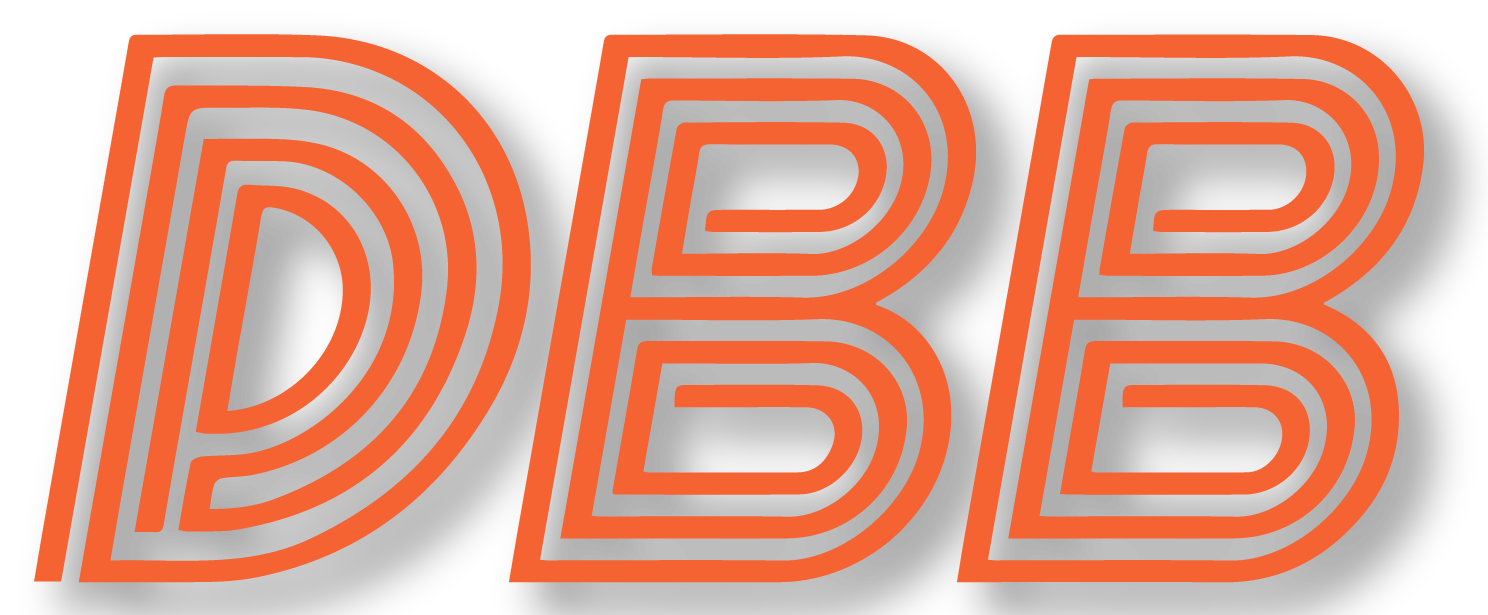The mood around the Chicago Bears has completely flipped since draft night, but we all know it can flip back rather quickly when the games begin. While it is common to say that drafting a quarterback gives a regime more time, recent history suggests that is no longer true. The Bears still need to show they’re heading in the right direction if Ryan Pace and Matt Nagy are going to keep their jobs.
As of last week, Nagy still had the third-highest odds of not only being fired, but being the first coach fired. It is possible that Nagy would be fired and Pace would retain his job. (The LA Chargers have allowed Tom Telesco to hire his third coach and Rick Spielman is on his third with the Vikings. One drafted what seems like a star QB. The other gave a mediocrity millions.) But there has been some indication that Pace is no longer the top guy in the organization, with the Fields pick seeming to belong to Nagy. If you listen to Louis Riddick – and there is reason to do so – the coach and GM are at least on the same footing. That almost certainly means that if one is fired, they both are.
I’ve already written about replacing Pace but that was a lifetime ago. At that point, the primary focus was finding a quarterback. Assuming they have, the focus now shifts to building around Fields and learning to adjust.
With that, here are a ten of the top candidates to replace Pace should the Bears go that route. You’ll get five today. Five tomorrow. If you have better options, share them in the comments section below.
Adam Peters, 49ers Assistant GM
Peters has been a top guy for three teams that have played in the Super Bowl; two in Denver and one in San Francisco. He was also an assistant with two Super Bowl champions in New England. At a certain point, you can’t ignore it when success follows someone.
What we saw in Denver and San Francisco were systems that put the quarterback in position to succeed. In Chicago he could have a franchise quarterback which would make life that much easier.
He’d likely want to bring in a coach from the Shanahan tree, since that’s where he has had success. If that’s true, we could see Mike McDaniel or Mike LaFleur be candidates.
Ed Dodds, Colts Assistant GM
Dodds might really be the brains behind the Colts operation and there’s reason to believe he was for the Seahawks previously. Perhaps the best help the Bears could give a true franchise quarterback is an elite defense and Dodds has done that in two separate spots.











